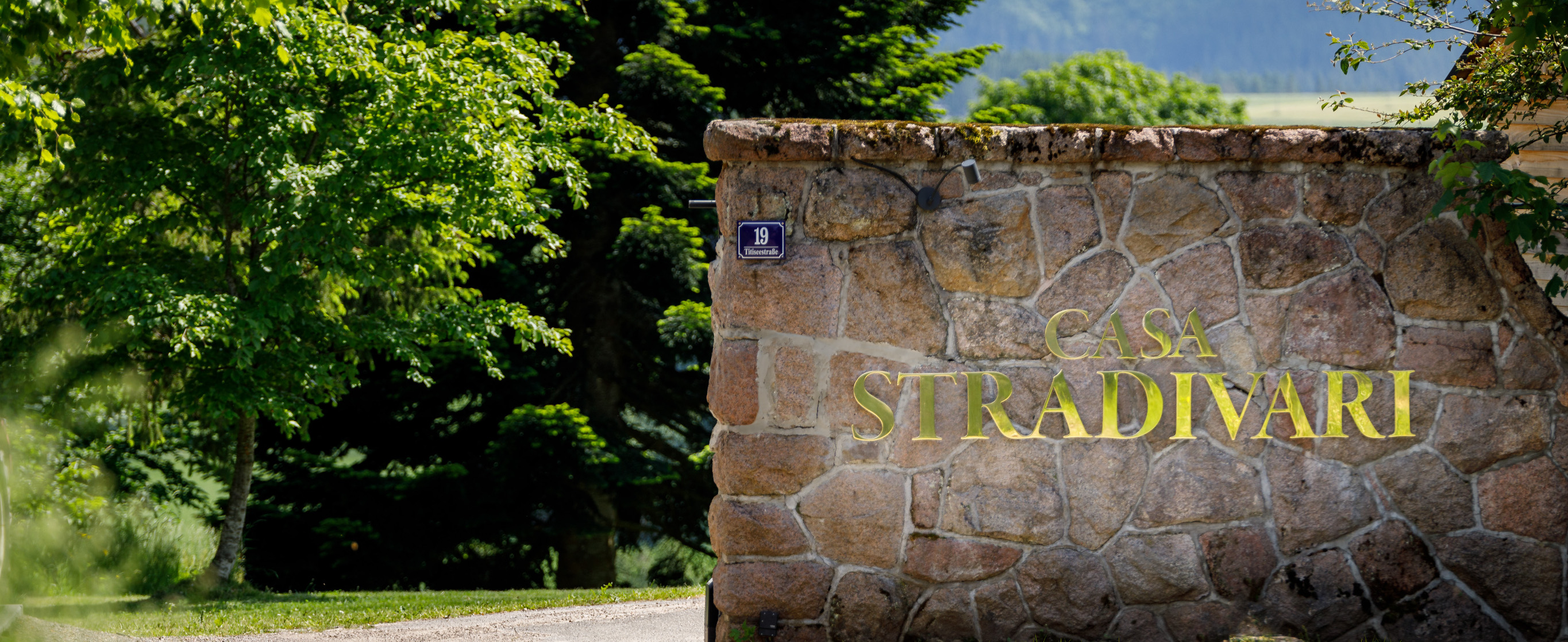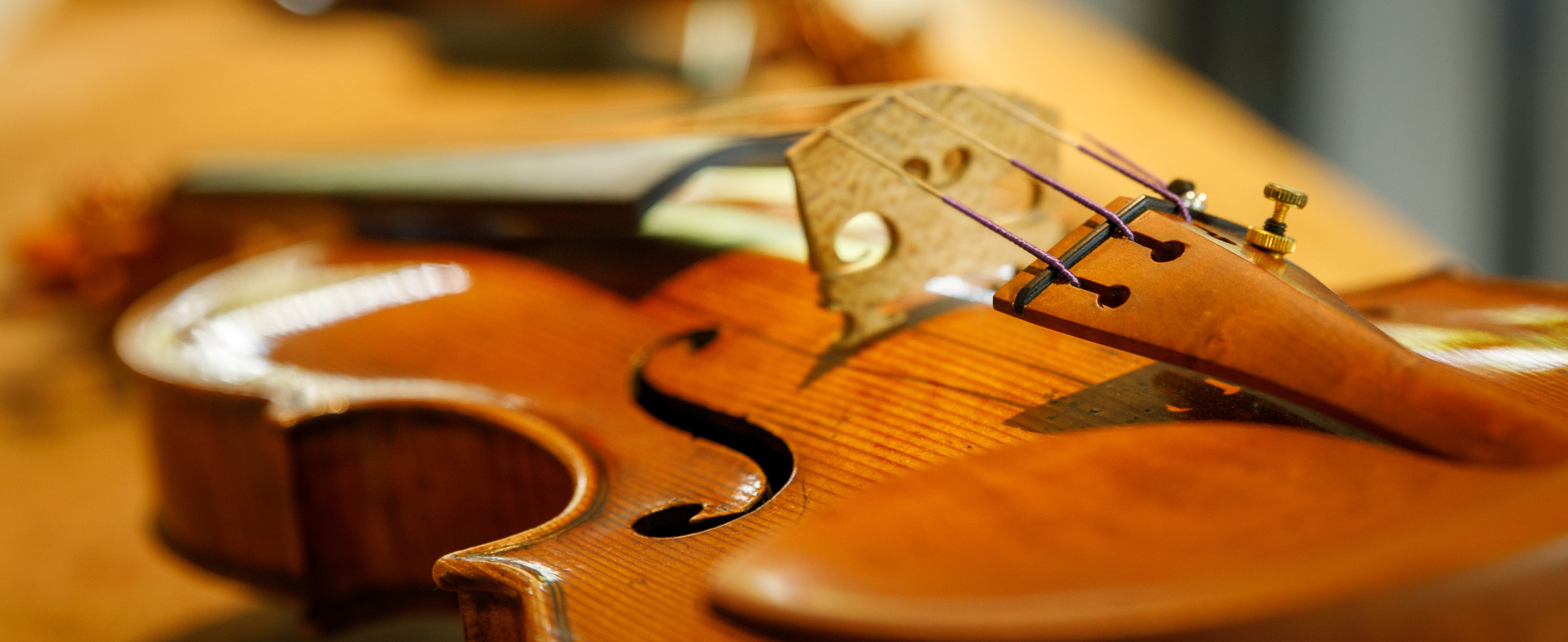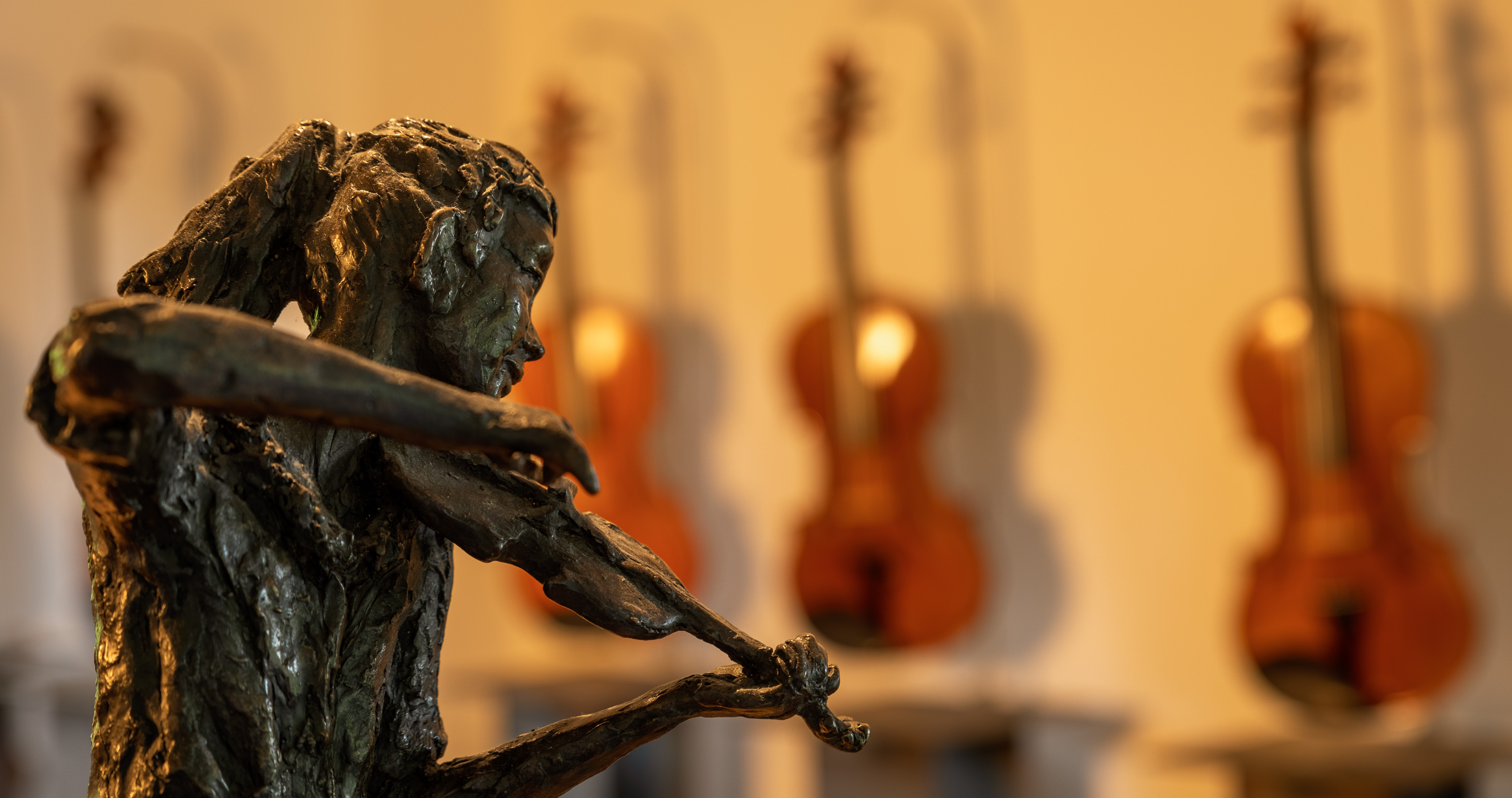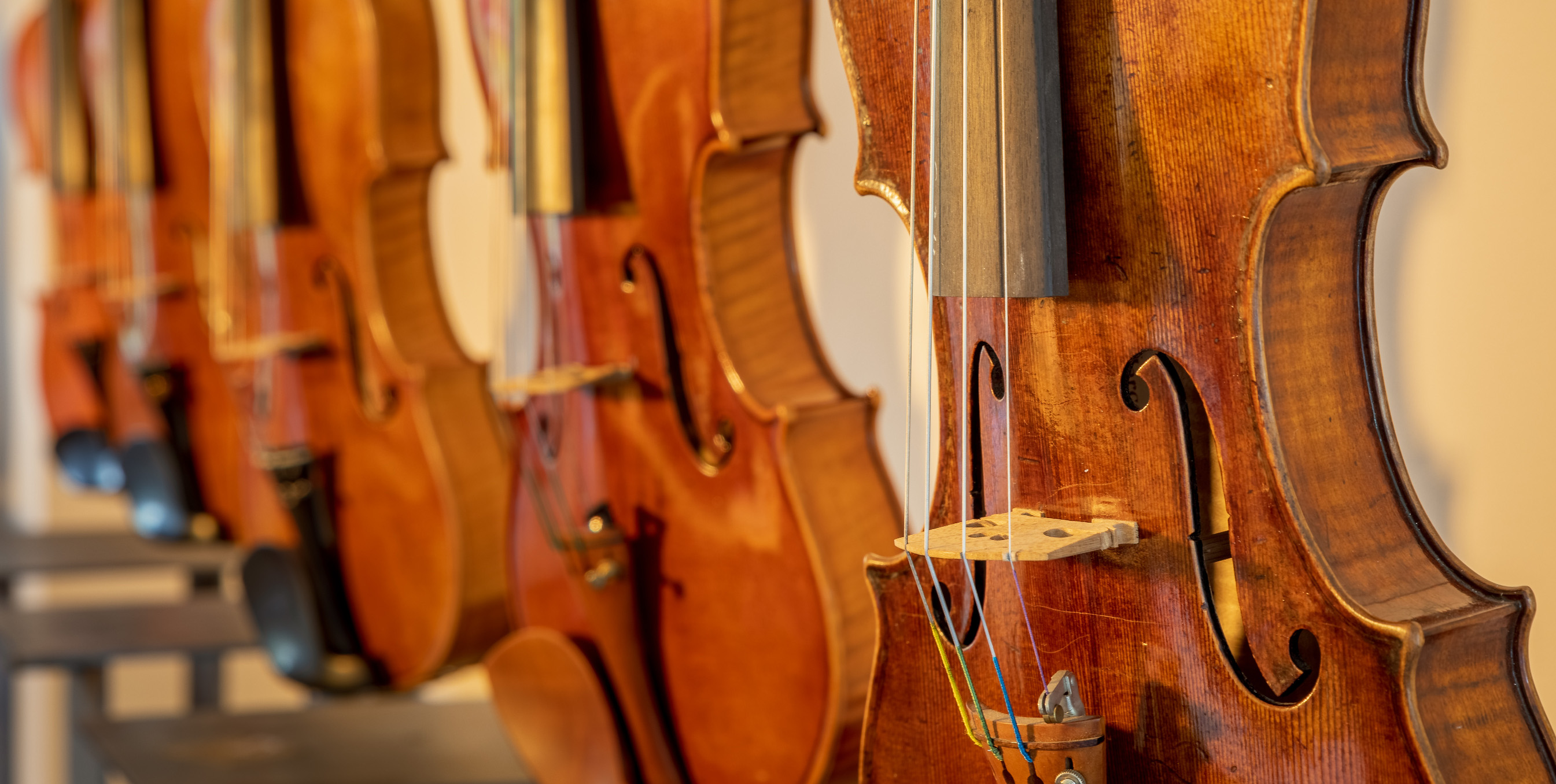Antonio Stradivari 1667–1690 ca. VC Flat Back
To fully understand the importance of the ‘Flat Back’ cello’s role in the development from the bass violin to the modern cello, we need to cast our eyes back to the 16th century, and to a time one hundred years before the birth of Stradivari. In 1533 Giovanni Maria Lanfranco described the intricate evolution of the bass instruments within the violin family, which at the time consisted of three sizes of instruments: soprano, tenor, and bass. Of these, only the bass had four strings, while the others had three. G. M. Lanfranco referred to the ‘viola da gamba’ family as ‘violoni’, a name that would be used during the 17th century to identify the bass instrument within the violin family. It would only become synonymous with the contrabass in the second half of the 18th century. Although the ‘viola da gamba’ lost supporters in Italy after 1690, it was still surprisingly popular in France and England, which leads us to believe that the examples built by Nicolò Amati and the young Stradivari were possibly intended for a foreign audience. In the first half of the 18th century, the bass changed roles, and while the ‘tenor viola’ slowly disappeared, the cello somehow developed into a combination of bass and tenor, sustained by an instrument that was hardly available in the previous century, the contrabass. This was due to the fact that, while in the 17th century music was conventionally written for five voices, in the 18th the trend shifted to music composed for four voices, thus creating an opportunity for the cello to claim the tenor position. Mid-18th century musicians became increasingly interested in the cello, and determinedly joined forces with the violin makers of the day to reveal some of the instrument’s previously unforeseen capabilities.
Weitere Informationen
Ausführliche Informationen zu diesem Instrument finden Sie in unserer Enzyklopädie Antonio Stradivari Set 1, Band 1, Seite 40










